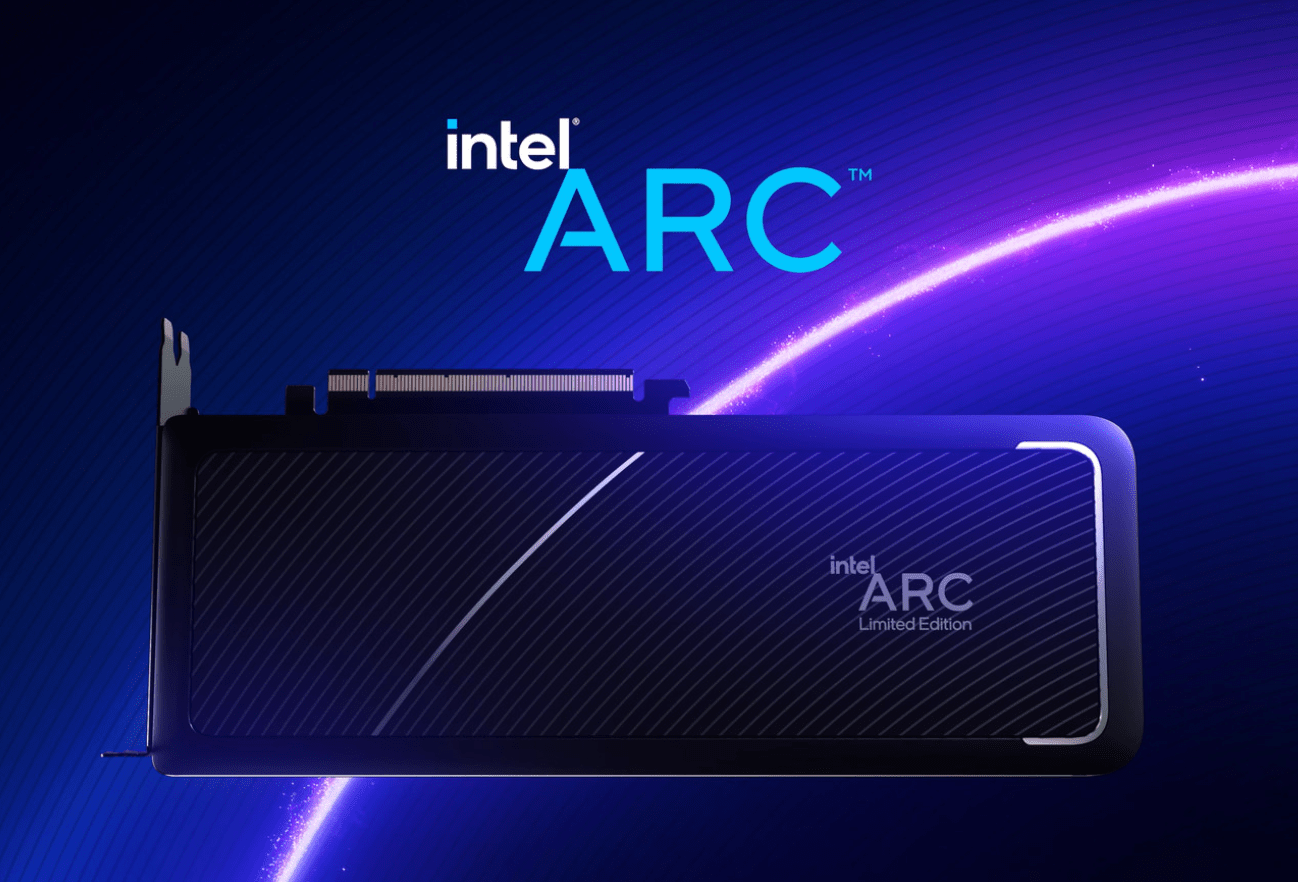Cloud technologies are dramatically changing the way we used to see the world. Apart from this fact, we can say that cloud platforms are rapidly taking up every industry. Thus, understanding cloud native application development is becoming more crucial.
High scalability, flexibility, and elasticity are at the core of cloud native application development.
Healthcare industry is no different in this scenario. With time, it is also transforming its conventional practices into cloud platforms. Managing extensive healthcare-based data and complex protocols are the main reason behind such transition.
However, a study shows that the healthcare-related big data market will increase to 70 billion U.S. dollars by 2025. The security and protection of these medical data are becoming major concerns these days. The accessibility of healthcare apps may cause such security issues.
In this blog, we will learn how to secure healthcare based cloud-native application development.
Let’s dive right into the core topic area.
Understanding Cloud Native Application Development and Their Security Concerns
If you need a flexible, scalable, and fast application, this is where cloud native apps come into play. Now you can design, deploy, and manage apps in cloud platforms with cloud native application development.
Healthcare settings are transforming into cloud native applications. This can support quick updates and better results. However, this modern app development service enhances competitive advantages over traditional approaches.
Cloud-native application development relies on containers. Further, microservice architecture can manage those containers. In this scenario, smaller microservices are the major players. This also breaks down burdens of medical tasks. Moreover, cloud native-based healthcare apps are beneficial in terms of agility and rapid adaptations.
Cloud-native approach in healthcare apps guarantee streamlined and faster patient care approaches.
Every facility has its own limitations. Thus, cloud native application development also has some drawbacks. Higher accessibility in the healthcare system makes them more vulnerable to cyber-attacks.
Let’s learn a bit more about security concerns.
A lack of understanding of exposed interfaces via microservices may cause further security issues. Thus, healthcare application development services should be clear about microservices. On the other hand, understanding container images is also crucial for securing healthcare data.
However, in many cases, healthcare applications use APIs to exchange information. This may cause a cyber security threat. Insecure use of API in some conditions results in exposure to cyberattacks.
Best Practices for Securing Cloud Native Apps for Healthcare
Cloud native applications in healthcare services should follow security measures for every application development phase. Healthcare application development services need to hire application developers with extensive knowledge of security concerns.
Let’s check what they are.
1. Adopting threat modeling
Healthcare application development services need threat modeling. This is an approach that identifies and analyzes cloud native application development threats. Meanwhile, threat modeling helps healthcare-based cloud native apps primarily eliminate security issues.
Cloud native application developers can detect threats in the earliest phases by using this step. This may help in controlling time and costs.
2. Container security
Adopting container security is crucial for safe designing and deployment. This security measure ensures using trusted sources for containers. However, healthcare application development agencies should utilize container security to check for any sign of vulnerability.
This parameter makes developers use trusted images for securing containers. Furthermore, this can protect sensitive healthcare data by avoiding container breakouts.
3. CI/CD
A healthcare system can adopt secure cloud native application development with CI/CD. Moreover, this strategy may provide checkpoints for security issues. This is responsible for identifying and mitigating issues in coding.
Further, this approach also automates tasks like code scanning for robust security. CI/CD supports faster coding and deployment of cloud native apps for healthcare systems.
4. Adopting zero trust system
Healthcare application development companies should adopt a zero-trust policy to check every request or access. Meanwhile, this approach will defend microservices against any services.
Zero trust system enhances compartmentalization of cloud native apps to restrict any threat.
Furthermore, this will protect cloud-native medical apps through service-to-service authentication. Apart from this, zero trust uses micro-segmentation to break down services into smaller parts. This is possible by breaking down cloud native applications into microservices. By doing so, zero trust ensures security against cyber attackers.
5. Secure coding practices
Hire application developers who have adequate experience in secure coding practices. Moreover, healthcare application development companies can reduce vulnerabilities like cross-site scripting and SQL injection through this.
The majority of tools for secure coding practices search for risks in codes. By doing this, application developers can mitigate those issues earlier.
6. Internet security
In cloud native application development, restricting internet access is vital. This will help limit unwanted exposure of applications to cyber attackers.
Enabling firewalls and VPC (virtual private clouds) in healthcare application development is beneficial. This will further restrict access to the authorized users. This will protect the sensitive data of healthcare organizations and patients as well.
7. Controlled access
Cloud-native application development in healthcare app designing should implement an access control policy. This strategy will only allow authorized users to access the resources during healthcare application development.
Furthermore, least-privilege adoption will help cloud native healthcare apps. This will give limited access to the selected services.
8. Secured file storage
A secured file storage system is beneficial to protect the stored data. Further, this strategy will encrypt file storage. By doing so, healthcare application development with cloud native apps will be safe.
9. Validating inputs
For cloud-native application development, inputs coming from each end need validation. Enabling rigorous API security will help validate every data used in cloud native app development.
10. Data masking
Healthcare application development with a native approach needs data masking to reduce data leakage risks. Further, this will help application developers to conceal data in any log for further security.
Importance of Security Practices for Cloud Native App development in the Healthcare Sector
Protecting hospital data comes under great significance. Securing cloud native application development in the healthcare sector safeguards patient and healthcare-based data.
Let’s look at its core importance.
- Restricting cyber security threats.
- Limiting risks of ransomware attacks
- Protecting patient information
- Reducing financial loss
- Maintaining the reputation of the healthcare organization
Conclusion
Preventing cyber attacks from healthcare application development services is a challenging task. Though cloud-native application development and its security practices can help avoid those threats. Meanwhile, healthcare application development agencies should hire developers with cybersecurity expertise. This will enhance the value of the cloud-native application development for healthcare settings.






